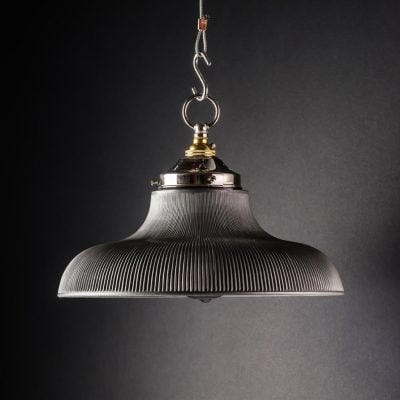Free delivery in Benelux until 10kg.
Jesmonite is fun, easy to use and can be cast and worked in many ways to achieve stunning results, in a multitude of projects. It can be mixed with other materials such as pigments, inks, metallic fillers and even coffee to create unique finishes. The possibilities are endless!



Craftsmen, artists and designers are increasingly using Jesmonite. Its ability to reproduce fine, intricate detail makes it a good choice for jewellers, while its strength and durability make it the perfect material for sculptors, including Rachel Whiteread, Richard Wilson and, more recently, Kara Walker, who is currently exhibiting her installation Fons Americanus, at the Tate Modern.
Jesmonite is well known in the design world and can be used by furniture manufacturers and product designers alike.
At the 2018 London Design Festival, Malgorzata Bany presented a body of work including tables and lighting, and at the 2017 London Design Fair, where Jesmonite was named “Material of the Year”, Ariane Prin was invited to create the site-specific installation Rustiles.
Jesmonite was invented by Peter Hawkins in the early 1980s. Peter, originally a carpenter, has become a hands-on technologist, experimenting with new technologies. It was the introduction of acrylics that enabled Peter to develop a new product,AC100, which is still used worldwide today. Over the past 35 years, the product has undergone continuous development and has been extensively tested in various fields of application. Formulations now extend to a range of high-quality materials that are widely used by architects, manufacturers and the creative arts sector.
Jesmonite is a natural two-part system of water-based acrylic polymers. Once mixed, the material can then be used to create laminated structures or castings. Depending on the product you use, you can add various components to extend the range of finishes, and these are available as part of an extensive range of complementary products, which includes pigments and fillers, sealants, gelcoats, quadriaxial glass fabrics and a whole host of ancillary items.





RUE J. VAN HOVE, 35 1950 KRAAINEM
Mo-Fr 8:30 - 12:00 / 13:00 - 17:00